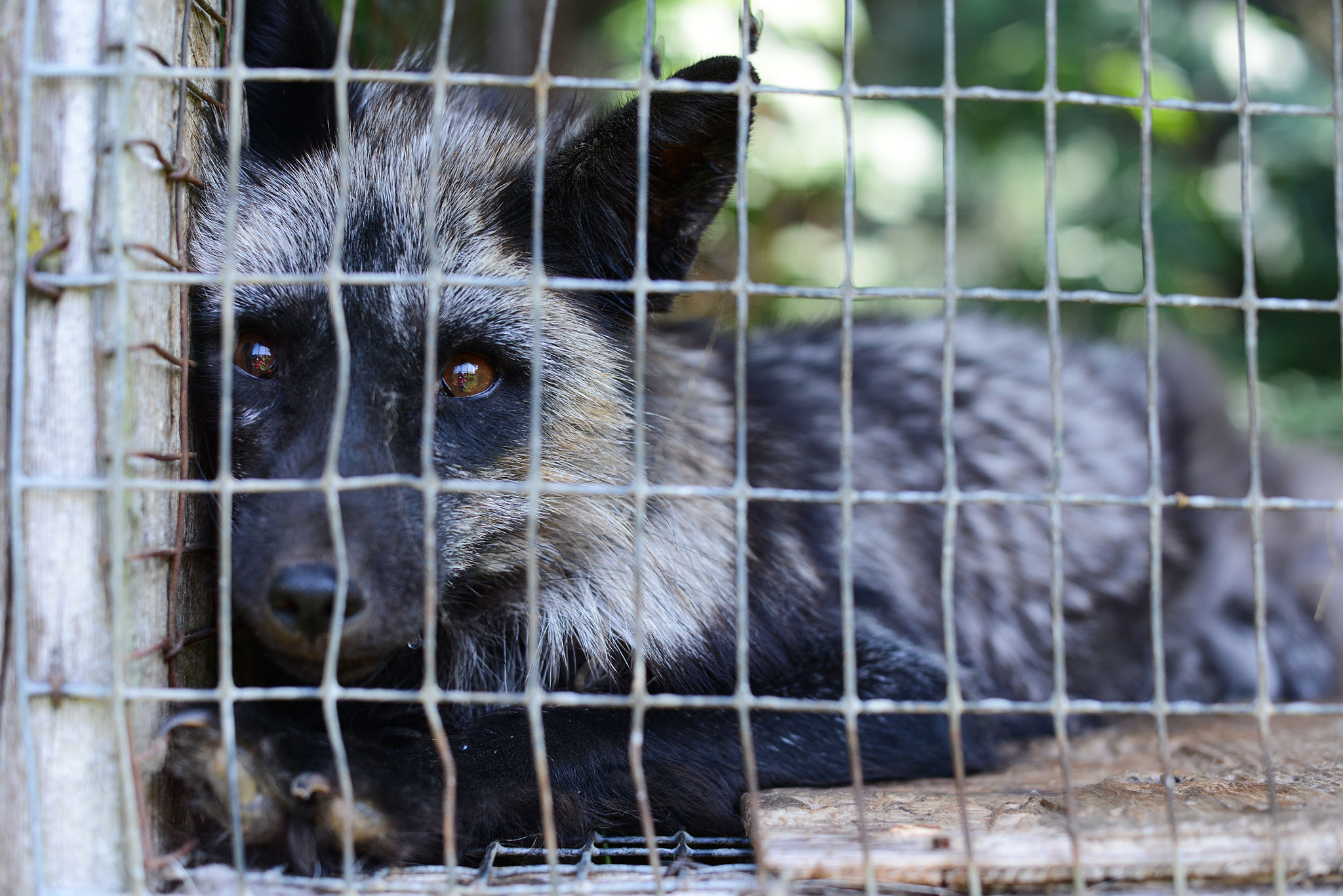 With compassionate consumers increasingly avoiding real fur, the market for animal-free alternatives is rapidly growing. Michael Kors is the latest designer to join the fur-free movement, acknowledging that alternatives are just as luxurious and real fur is outdated and unnecessary. While high-quality faux furs are becoming more prevalent in luxury and contemporary clothing collections, deceptive labeling has led to an alarming issue: real fur being sold as faux.
With compassionate consumers increasingly avoiding real fur, the market for animal-free alternatives is rapidly growing. Michael Kors is the latest designer to join the fur-free movement, acknowledging that alternatives are just as luxurious and real fur is outdated and unnecessary. While high-quality faux furs are becoming more prevalent in luxury and contemporary clothing collections, deceptive labeling has led to an alarming issue: real fur being sold as faux.
While some real furs remain exceptionally expensive, certain animal furs are cheaper to produce than faux. In an attempt to meet the growing demand for cruelty-free fur, companies are deceiving consumers by mislabeling animal fur as faux. Recently, it has been revealed that numerous clothing brands and retailers, including Neiman Marcus, Macy’s and Kohl’s, have sold mislabeled fur items. Most commonly, this fur is sourced from raccoon dogs, rabbits, or coyotes. This unscrupulous false advertising violates federal law, which requires that all real fur is accurately labeled with the species of the animal and country of origin.
Exempt from the Animal Welfare Act and all humane slaughter regulations, over a billion fur-bearing animals are brutalized and killed every year for the sake of fashion. It is imperative that animal advocates take the necessary precautions to avoid contributing to this horrific industry by purchasing mislabeled faux fur. While LCA encourages the growing market for animal-free fur, shoppers must be cautious and informed on how to detect real from faux. As faux furs can be indistinguishable from real fur in both look and feel, touching the product is not adequate. The easiest ways to determine whether an item is truly faux is by looking for fabric and tapering.
Fabric Test
Push apart the fur to examine the base material. If it is faux, you should see stitching attaching the hair to a fabric lining. Real fur is attached to skin/leather which is often white, but may also be dyed the color of the fur garment.
Tapering Test
Carefully check the tips of the hairs. If the tips taper to a fine point, it is almost certainly real fur. Faux fur should have a blunt, straight tip.
Make a difference for fur-bearing animals by taking these extra steps to avoid unknowingly supporting the horrific fur trade. Advocates can help lead the way for change by sharing the cruel reality of the fur industry and deceptive labeling practices with friends, family, and uninformed consumers. To order free educational pamphlets about fur, contact LCA This email address is being protected from spambots. You need JavaScript enabled to view it..
Photo 1: Jo-Anne McAarthur
